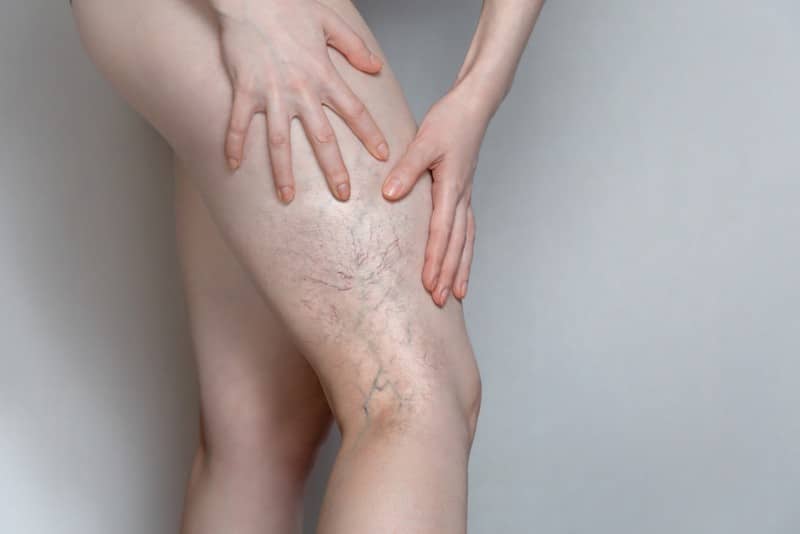Superficial Thrombophlebitis

Superficial thrombophlebitis is a condition that occurs when there is inflammation in the vein and a blood clot forms. The clot usually forms in the uppermost layer of the vein, which is why this condition is called superficial thrombophlebitis. This system includes veins close to the skin’s surface, such as the veins in the legs. While superficial thrombophlebitis can occur without any varicose veins present, having varicose veins can increase one’s risk
Injury to the vein, prolonged immobility, or infection can result in superficial thrombophlebitis. However, the most common cause is having varicose veins. Blood pooling puts pressure on the vein walls and makes them bulge out. When these vein walls are damaged, they’re more likely to become inflamed and develop a blood clot. That’s why varicose veins are a common cause of superficial thrombophlebitis.
The most common symptom of superficial thrombophlebitis is pain or tenderness along the affected vein. Other symptoms may include inflammation, swelling, and a hardening or cord-like feel under the skin next to the affected vein. In some cases, there may also be itching or fever present.










